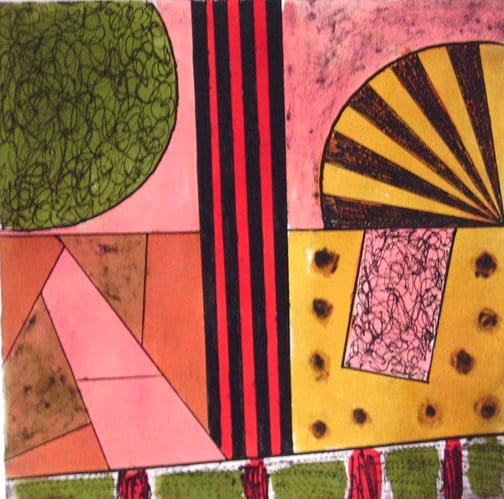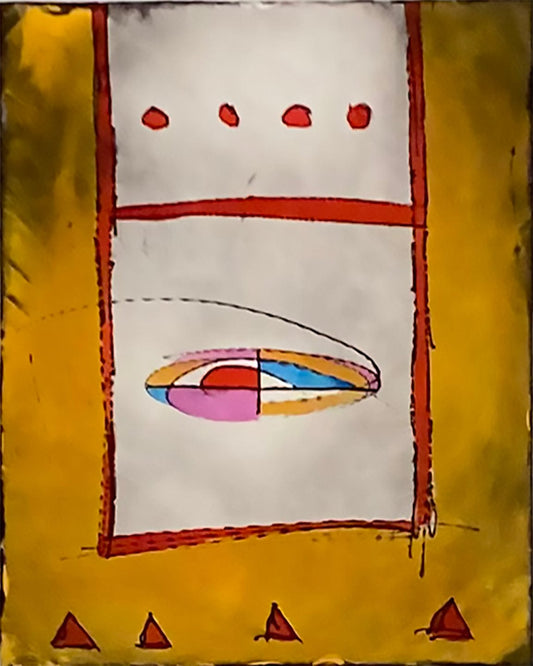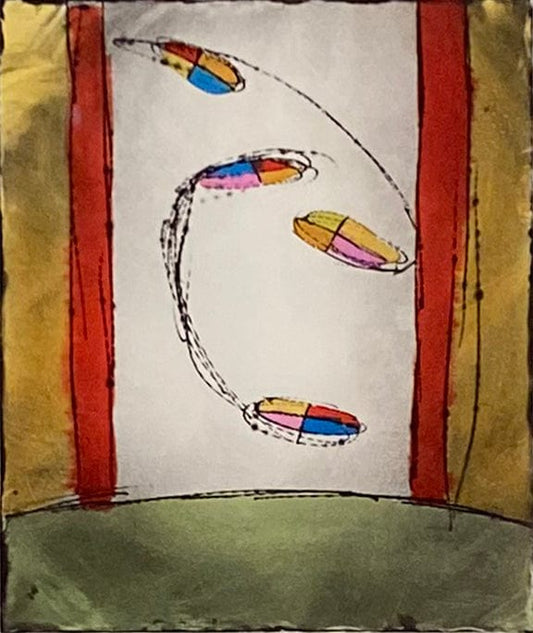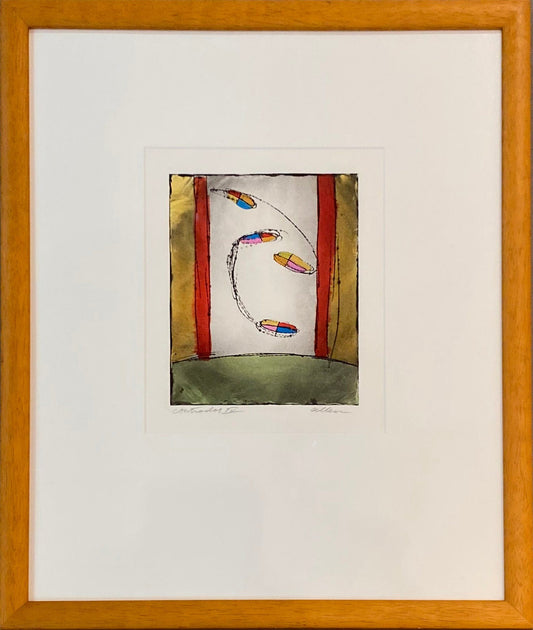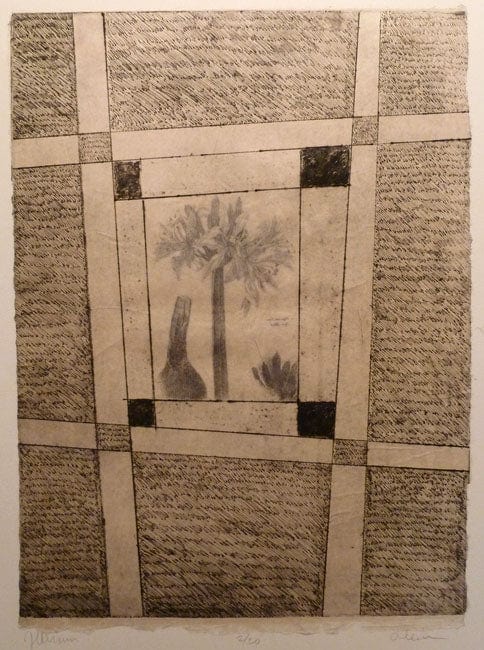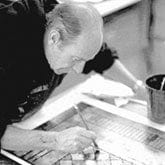Allen Hayes
-
Anatole, framed
Vendor:Allen HayesRegular price $725.00 CADRegular priceUnit price / per -
Libros Nocturnos, framed
Vendor:Allen HayesRegular price $575.00 CADRegular priceUnit price / per -
Contrados, framed
Vendor:Allen HayesRegular price $575.00 CADRegular priceUnit price / per -
Cantos Series (Md), framed
Vendor:Allen HayesRegular price $1,280.00 CADRegular priceUnit price / per -
The Kitchen, framed
Vendor:Allen HayesRegular price $980.00 CADRegular priceUnit price / per -
Still Life, framed
Vendor:Allen HayesRegular price $690.00 CADRegular priceUnit price / per
-
Allen Hayes
-
Allen Thomas Hayes was born to a mother who was deaf, and therefore into an environment where our linguistic tools had real significance. He regards the hearing disability in his family as instrumental in inspiring him to “develop and integrate space, time, and movement into visio-linguisitic codices.” Given this, it is not surprising that Hayes’s first interests were in Egyptology – a field where symbolism is an integral part of communication.
This interest in the workings of linguistics and codes lasted well into high school, when it was crystallized into painting and printmaking. He exhibited firm talent in this media, and soon won a scholarship to Northern Illinois University. Here he studied printmaking with a focus on etching under an inspirational professor, Dr. Driesbach, who recognized Hayes’s talent immediately. Driesbach introduced him to two nationally acclaimed masters in the craft of viscosity printing, Stanley Hayter and Krishna Reddy. Hayes still considers these three individuals to be indispensable in the development of his artistic talent.
Through his relationships with these mentors, Allen acquired extensive skills in printmaking. Thanks to their enthusiasm for his work, Allen was introduced to Robert and Renata Motherwell, whose Chicago Gallery was the first to display Allen’s art. During this same period, Allen wrote criticisms and reviews for a national art publication, and also applied to the Art Institute of Chicago. Chosen from 3,500 applicants for one of five graduate positions, Allen’s entrance to the prestigious school was a pivotal point in his career.
With access to the museum’s world-renowned Glore Print Room collection, Allen further refined his technical approach to etching. His study of both early Renaissance engravings and his contemporary masters defined Allen’s conceptual approach to etching. The result is a unique, postmodern treatment of semiotics and color, with simple, understated, and effective imagery.
Hayes has gained global renown. He is exhibited and collected across the United States and abroad.

